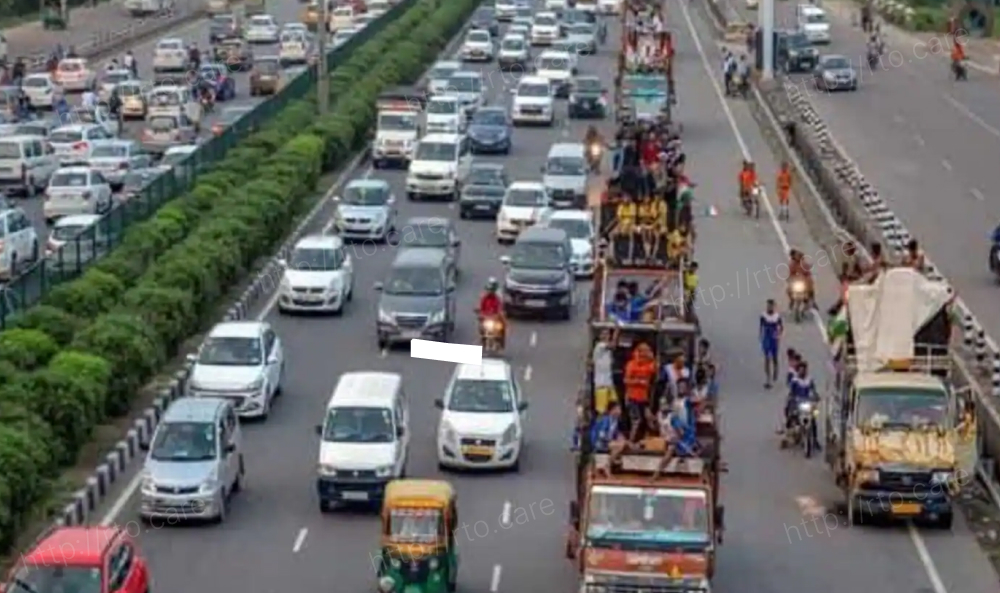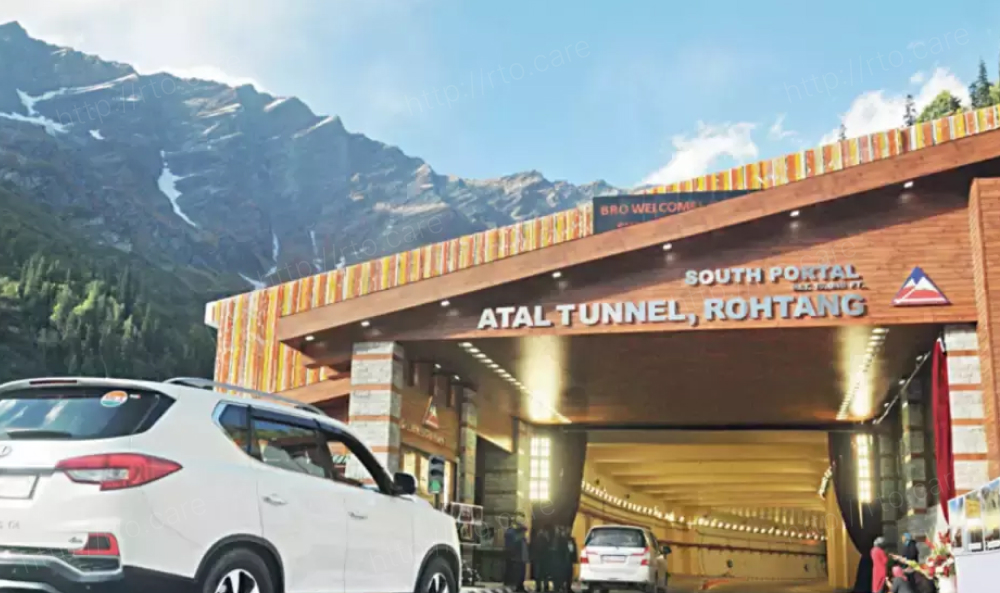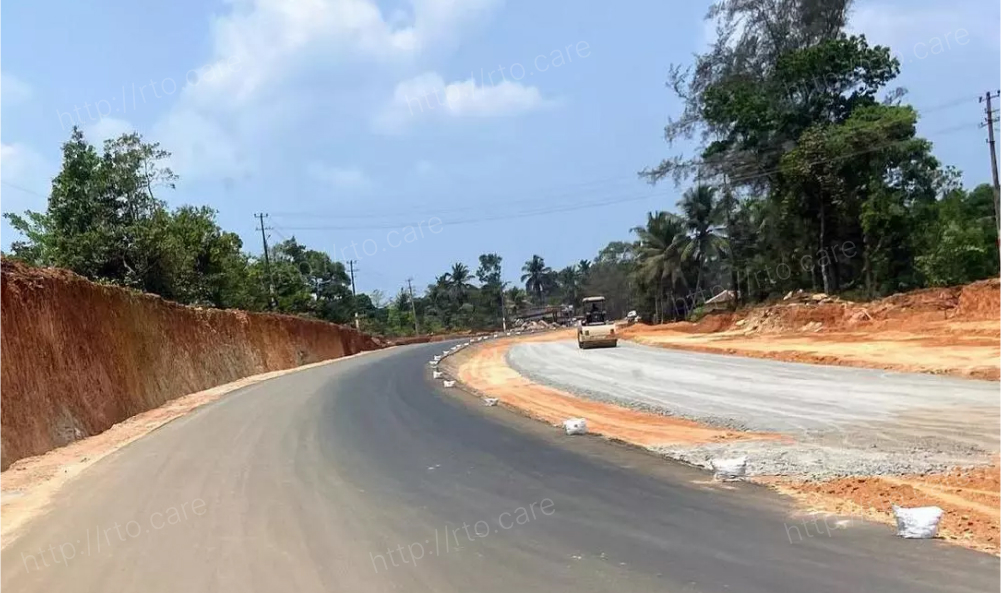Delhi-Amritsar-Katra Expressway: NHAI Complains of Punjab Officers' Non-Cooperation.
Facing significant delays in obtaining possession of land for the prestigious Delhi-Amritsar-Katra Expressway, the National Highways Authority of India (NHAI) has taken the matter to the Punjab and Haryana High Court. They are seeking directions to the highest civil and police authorities in Punjab, as well as deputy commissioners, to assist NHAI in acquiring land and expediting the completion of the Rs 40,000-crore project.
The NHAI has taken this step in response to a petition filed by Harjit Singh Bajwa, a resident of Batala, who is seeking compensation for land acquired for the project.
In its application, NHAI has stated that approximately Rs 3,927.60 crore has been awarded for land acquisition in Punjab, with Rs 3,090.55 crore already disbursed to landowners. Despite disbursing compensation, the possession of the land has not been obtained for the past two years.
The court was informed that NHAI has repeatedly reminded local civil and police administration to provide police support to the contractor and NHAI. The situation is particularly challenging in Gurdaspur, where despite the disbursement of Rs 288 crore, NHAI has not been able to take physical possession of any land.
NHAI has emphasized the national importance of the project, which is monitored by the Prime Minister's Office. Despite communication between the highest authorities of the central and state governments, resistance from landowners has led to project delays in various parts of the state.
In response to NHAI's contentions, the high court has issued a notice to the state government and ordered the Punjab chief secretary and SDM Batala to submit a status report.
An NHAI official stated that the Delhi-Amritsar-Katra Expressway is a significant project with a road length of 669 km and an estimated cost of Rs 39,500 crore. This expressway will substantially reduce travel time from Delhi to Katra, cutting it from 12 hours to about 6 hours. The project will also connect several important religious sites, making it a crucial transportation link. It is designed as a four-lane access-controlled green field expressway, with the potential to be expanded to eight lanes in the future.










